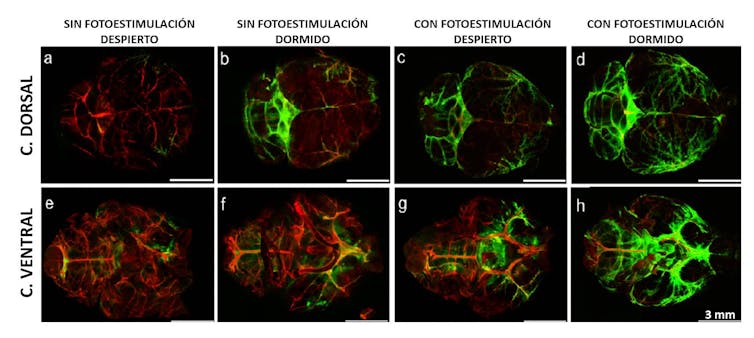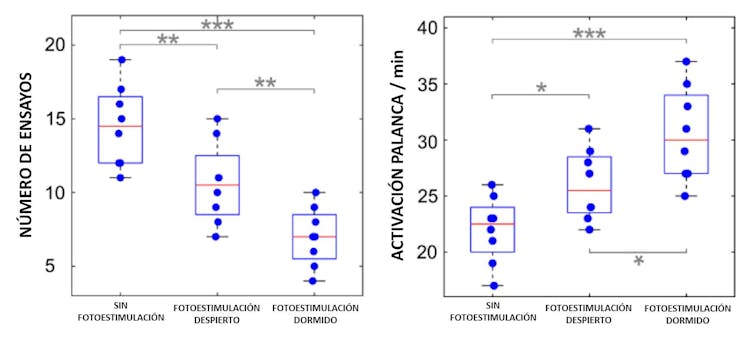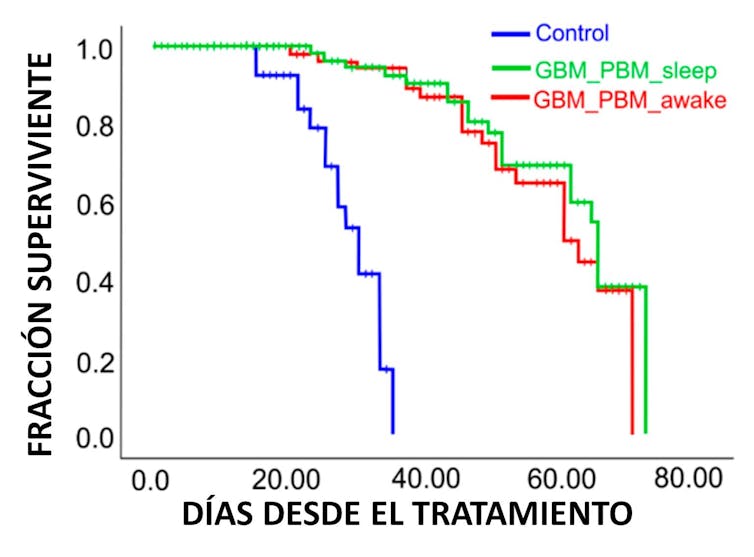Stimulating the brain with laser light while you sleep may improve learning and memory

Unfortunately, most of us are familiar with the consequences of a bad night and poor sleep: lack of concentration, mood swings, poor memory, etc. There are several reasons for these unwanted effects, among which disruption of the brain’s drainage mechanism stands out.
For several years now, we have been studying in depth how the lymphatic system of the meninges “cleanses” our brain of chemical waste. This especially happens in the first phases of sleep, in deep sleep. This process is so important that poor functioning appears to be associated with the development or worsening of serious diseases such as Alzheimer’s or Parkinson’s.
All indications are that an important part of the restorative effects of sleep involves adequate brain cleansing during sleep. But can we somehow help from the outside?
LED light helps clear the brain
A paper published in early 2024 shows that it is possible to activate the lymphatic drainage system using infrared LED light. According to a study conducted on mice, the effect is better if the light is applied during sleep.
In the experiment, the researchers tried to illuminate the animal’s brain while the animal was awake and asleep. At the same time, they injected a green fluorescent substance into the brain’s drainage system. The stronger the brain drainage, the more intense the green signal in the brain. Thus, using an encephalogram, they confirmed that the infrared light of the LED promotes the movement of fluid in the lymphatic vessels of the brain. Thus, it significantly increases the elimination of unwanted substances, especially if used during sleep.
This is very relevant because it is this system that the brain uses to eliminate unwanted compounds produced during its activity while we are awake. Promoting and activating this natural cleansing mechanism with light can be a very suitable way to improve brain health.

Semyachkina-Glushkovskaya et al., Biomed. Option Express 15, 44-58 (2024)
Treatment improves learning
In addition, light treatment improved the learning and memory abilities of the mice involved in the experiment. The researchers trained rodents to perform learning and memory tasks. Among other things, they measured the number of trials it took mice to learn to obtain food pellets. Well, the mice that received the laser light took less time to complete the task. And those who did it in their sleep were even faster.

Semyachkina-Glushkovskaya et al., Biomed. Option Express 15, 44-58 (2024)
Thus, it has been demonstrated that improving the natural brain clearance system in rodents has a positive effect on learning and memory tasks.
If it could be used in humans, it would be a simple, non-invasive and very cheap way to improve brain health. And this makes a big difference when it comes to treating various diseases such as dementia or stroke.
Improvement in brain cancer
In another round of experiments, the researchers worked with mice suffering from glioma, a type of brain tumor. After inoculating tumor cells into the brains of mice, scientists measured their life expectancy. And, to their surprise, it turned out that mice that received light lived almost twice as long as those that did not receive it.

Shirokov et al., Biomedicine 2024, 12, 262.
That is, promoting brain cleansing also helped control cancer longer. If the light was turned on while the mice were sleeping, the effect was even slightly better. These same researchers also published positive results on the effects of light on stroke in mice.
And what mechanism of action could be behind all this? The 1050 nm infrared light used, invisible to the human eye, can stimulate the production of reactive oxygen species or ROS. These ROS, at low concentrations, stimulate many cellular processes. For example, the production of nitric oxide (NO), an essential molecule for vasodilation, is stimulated. In fact, when scientists blocked NO production, the beneficial effects of infrared LED light disappeared.
The challenge now is to find a method that allows this technique to be applied to people through the skull without the need for direct access to the brain.